Application of Blockchain Technology and Privacy Protection Algorithm in Data Security of Digital Campus
DOI: 10.23977/cpcs.2023.070116 | Downloads: 7 | Views: 949
Author(s)
Zhihua Cai 1,2, Hui Wu 1, Wei Li 1
Affiliation(s)
1 Hubei Vocational College of Bio-Technology, Wuhan, Hubei, 430070, China
2 School of Computer Science, South-Central Minzu University, Wuhan, Hubei, 430074, China
Corresponding Author
Zhihua CaiABSTRACT
With the swift advancement of information technology, digital campuses have emerged as a crucial component of contemporary education. Nonetheless, the issue of data security within these digital environments has gained significant prominence, necessitating urgent solutions to safeguard campus data's security and privacy. This study focuses on examining the utility of blockchain technology and privacy protection algorithms in securing digital campus data, presenting a viable security approach. Initially, the study identifies the principal threats to digital campus data security. Subsequently, it devises a comprehensive strategy leveraging blockchain technology and privacy protection algorithms. Through the establishment of a blockchain platform, the configuration of network architecture and consensus mechanisms, and the formulation of privacy protection algorithms, this strategy ensures comprehensive data protection. Experimental outcomes indicate notable achievements in preserving data privacy and enhancing security. The decentralized storage and immutability features of blockchain technology robustly assure data integrity and authenticity, whereas the implementation of privacy protection algorithms further augments data confidentiality and security.
KEYWORDS
Digital campus, Data security, Blockchain technology, Privacy protection algorithmCITE THIS PAPER
Zhihua Cai, Hui Wu, Wei Li, Application of Blockchain Technology and Privacy Protection Algorithm in Data Security of Digital Campus. Computing, Performance and Communication Systems (2023) Vol. 7: 125-133. DOI: http://dx.doi.org/10.23977/cpcs.2023.070116.
REFERENCES
[1] Shree S, Zhou C, Barati M. Data protection in internet of medical things using blockchain and secret sharing method. Journal of Supercomputing, vol. 80, no. 4, pp. 5108-5135, 2024.
[2] Han G, Li H. An Authentication and Data Protection Scheme Research for Mass Storage Devices. Journal of Northwestern Polytechnical University, vol. 36, no. 3, pp. 550-557, 2018.
[3] Chouhan V, Arora A. Blockchain-based secure and transparent election and vote counting mechanism using secret sharing scheme. Journal of Ambient Intelligence and Humanized Computing, vol. 14, no. 10, pp. 14009-14027, 2023.
[4] Dhinakaran D, Prathap P M J. Protection of data privacy from vulnerability using two-fish technique with Apriori algorithm in data mining. The Journal of Supercomputing, vol. 78, no. 16, pp. 17559-17593, 2022.
[5] Ge Z, Liu X, Li Q, et al. PrivItem2Vec: A privacy-preserving algorithm for top-N recommendation. International Journal of Distributed Sensor Networks, vol. 17, no. 12, pp. 164-173, 2021.
[6] Wang X, Zhang Z, Luo Y, et al. Hierarchical interpolation point anonymity for trajectory privacy protection. Intelligent Data Analysis, vol. 23, no. 6, pp. 1397-1419, 2019.
[7] Xiong J, Ma R, Chen L, et al. A Personalized Privacy Protection Framework for Mobile Crowdsensing in IIoT. IEEE Transactions on Industrial Informatics, vol. 16, no. 6, pp. 4231-4241, 2020.
[8] Hu L. E-commerce Trade Consumption Payment Security and Privacy Based on Improved B2C Model. International Journal of Network Security, vol. 21, no. 4, pp. 545-550, 2019.
[9] Yin X, Zhang S, Xu H. Node Attributed Query Access Algorithm Based on Improved Personalized Differential Privacy Protection in Social Network. International Journal of Wireless Information Networks, vol. 26, no. 3, pp. 165-173, 2019.
| Downloads: | 3365 |
|---|---|
| Visits: | 212289 |
Sponsors, Associates, and Links
-
Power Systems Computation
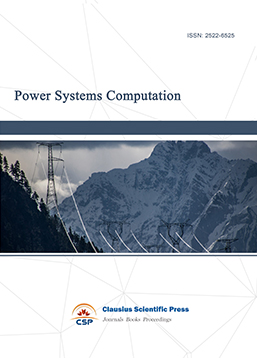
-
Internet of Things (IoT) and Engineering Applications
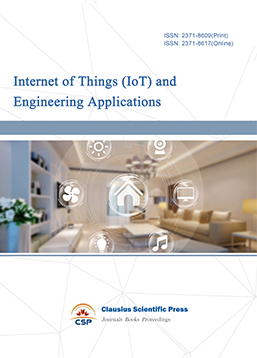
-
Journal of Artificial Intelligence Practice
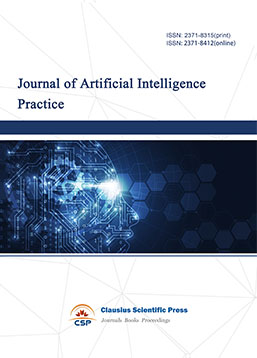
-
Advances in Computer, Signals and Systems
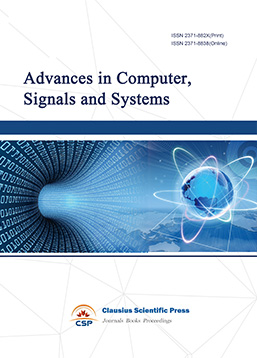
-
Journal of Network Computing and Applications
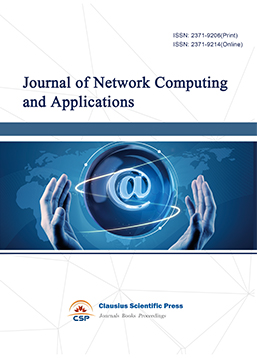
-
Journal of Web Systems and Applications
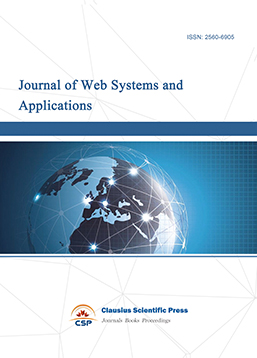
-
Journal of Electrotechnology, Electrical Engineering and Management
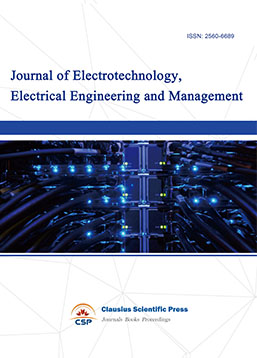
-
Journal of Wireless Sensors and Sensor Networks
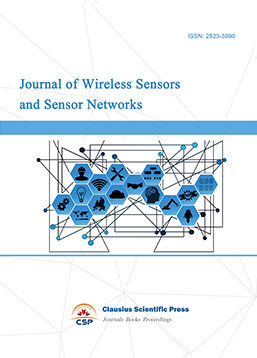
-
Journal of Image Processing Theory and Applications
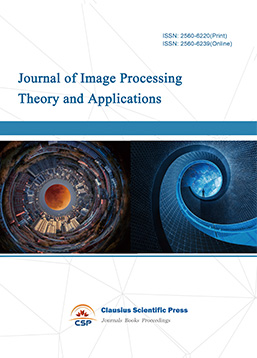
-
Mobile Computing and Networking
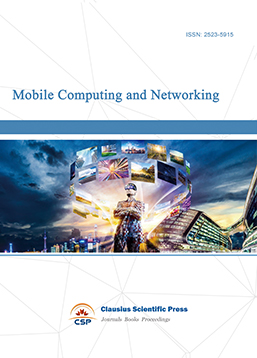
-
Vehicle Power and Propulsion
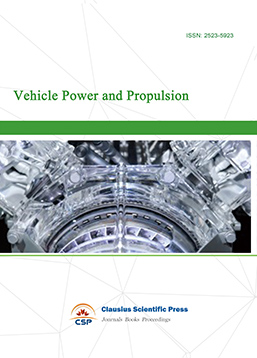
-
Frontiers in Computer Vision and Pattern Recognition
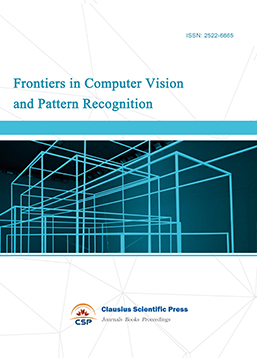
-
Knowledge Discovery and Data Mining Letters
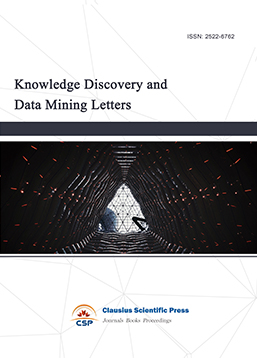
-
Big Data Analysis and Cloud Computing
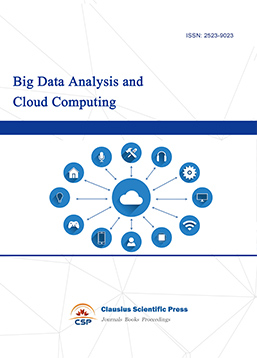
-
Electrical Insulation and Dielectrics
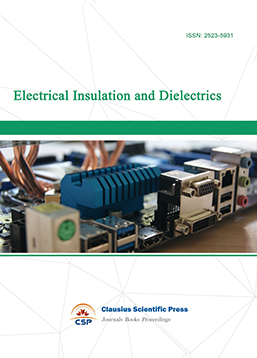
-
Crypto and Information Security
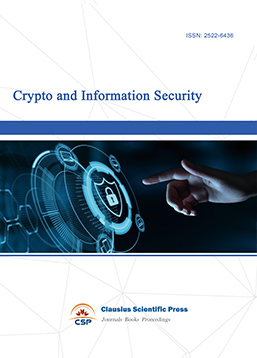
-
Journal of Neural Information Processing
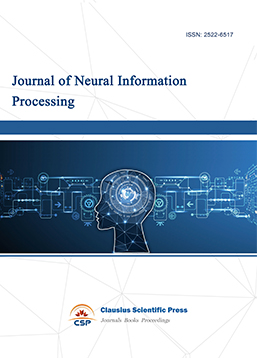
-
Collaborative and Social Computing
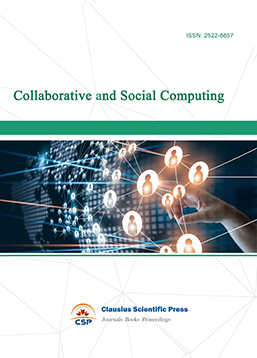
-
International Journal of Network and Communication Technology
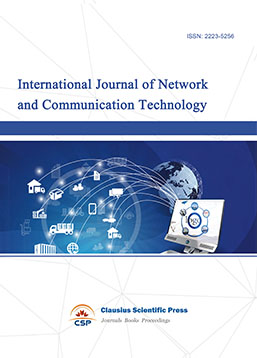
-
File and Storage Technologies
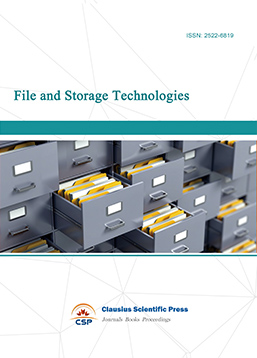
-
Frontiers in Genetic and Evolutionary Computation
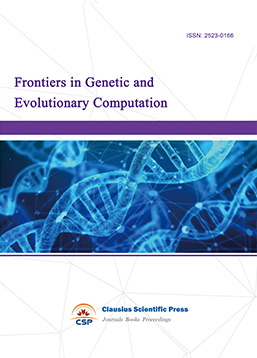
-
Optical Network Design and Modeling
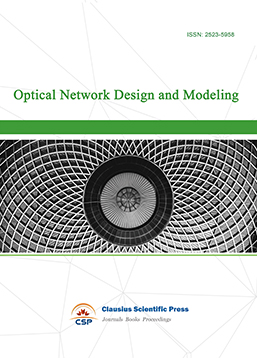
-
Journal of Virtual Reality and Artificial Intelligence
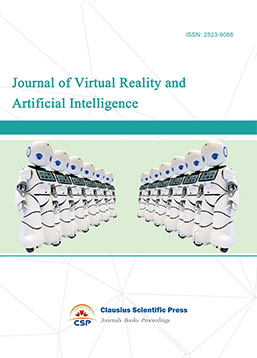
-
Natural Language Processing and Speech Recognition
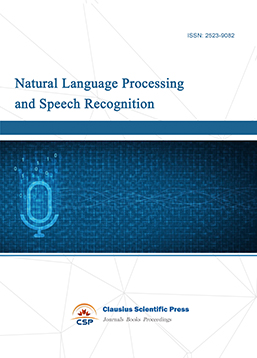
-
Journal of High-Voltage
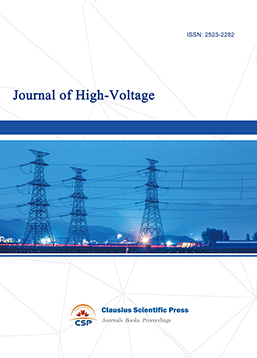
-
Programming Languages and Operating Systems
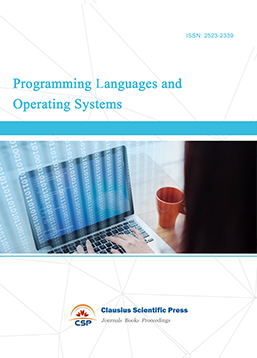
-
Visual Communications and Image Processing
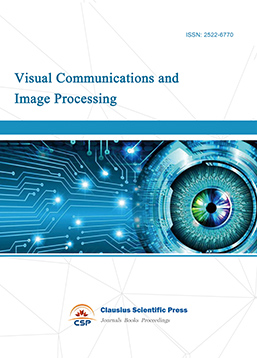
-
Journal of Systems Analysis and Integration
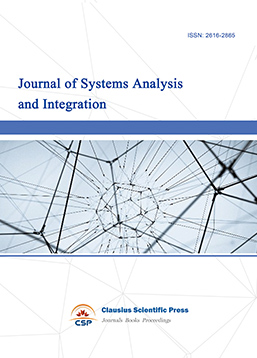
-
Knowledge Representation and Automated Reasoning
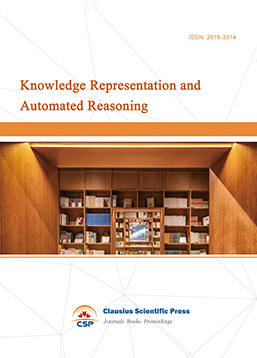
-
Review of Information Display Techniques
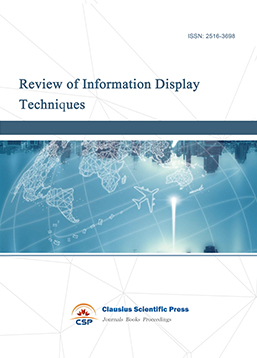
-
Data and Knowledge Engineering
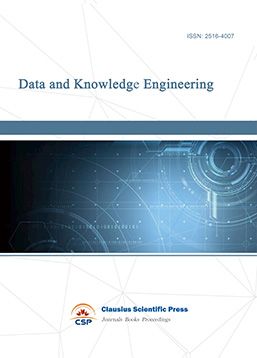
-
Journal of Database Systems
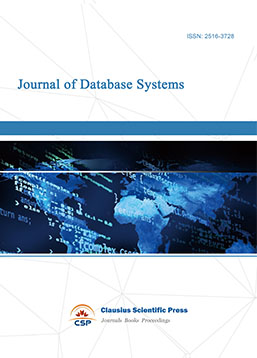
-
Journal of Cluster and Grid Computing
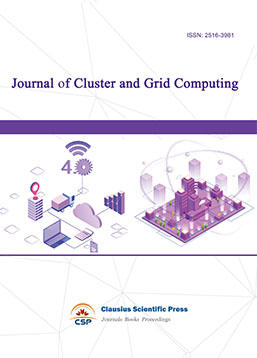
-
Cloud and Service-Oriented Computing
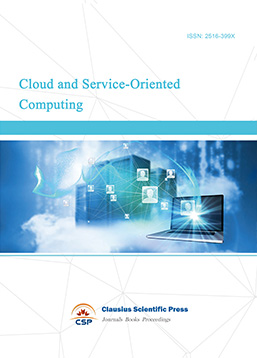
-
Journal of Networking, Architecture and Storage
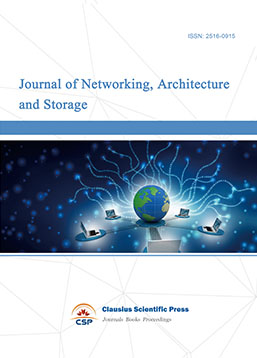
-
Journal of Software Engineering and Metrics
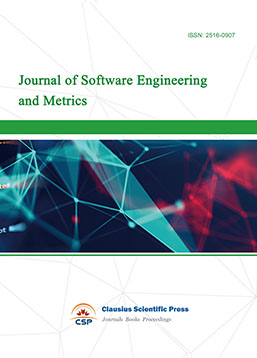
-
Visualization Techniques
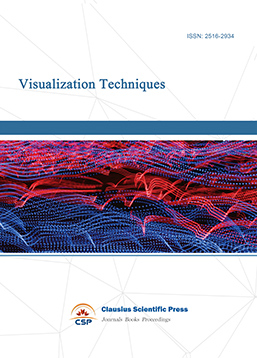
-
Journal of Parallel and Distributed Processing
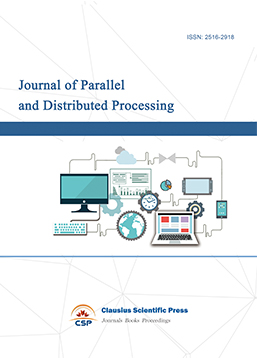
-
Journal of Modeling, Analysis and Simulation
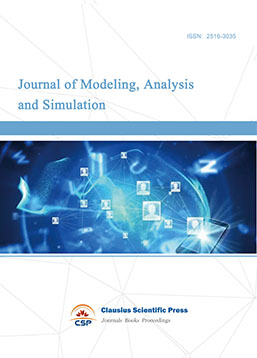
-
Journal of Privacy, Trust and Security
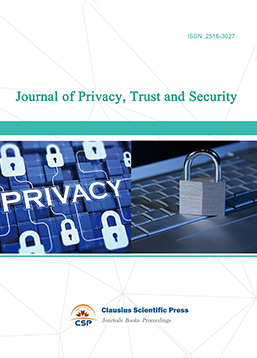
-
Journal of Cognitive Informatics and Cognitive Computing
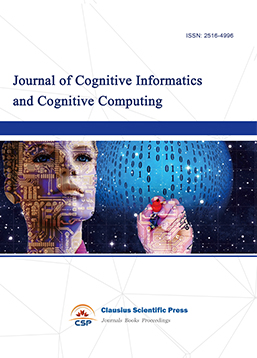
-
Lecture Notes on Wireless Networks and Communications
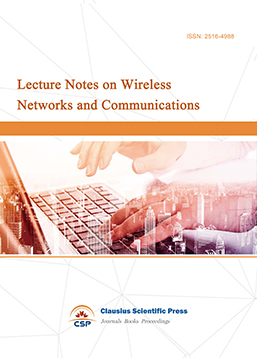
-
International Journal of Computer and Communications Security
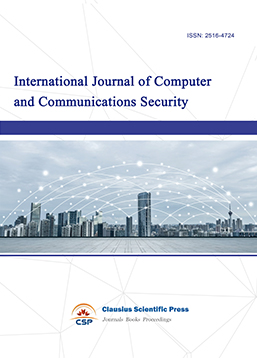
-
Journal of Multimedia Techniques
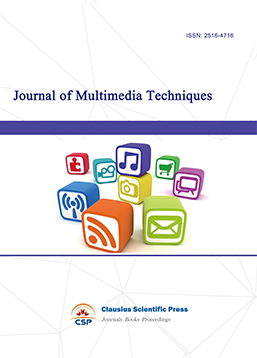
-
Automation and Machine Learning
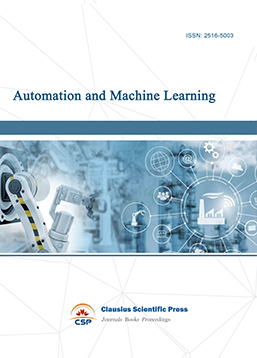
-
Computational Linguistics Letters
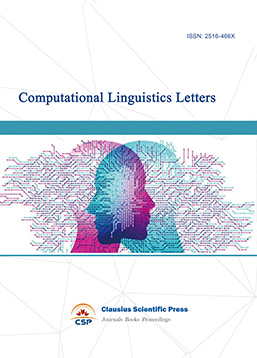
-
Journal of Computer Architecture and Design
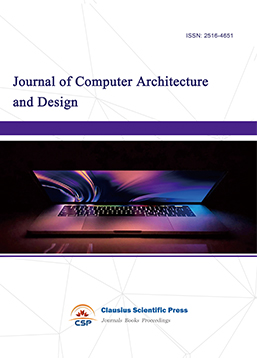
-
Journal of Ubiquitous and Future Networks
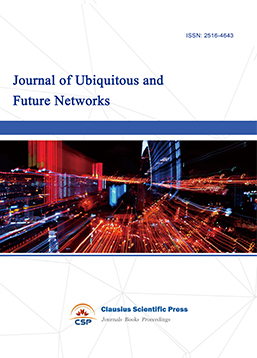

 Download as PDF
Download as PDF